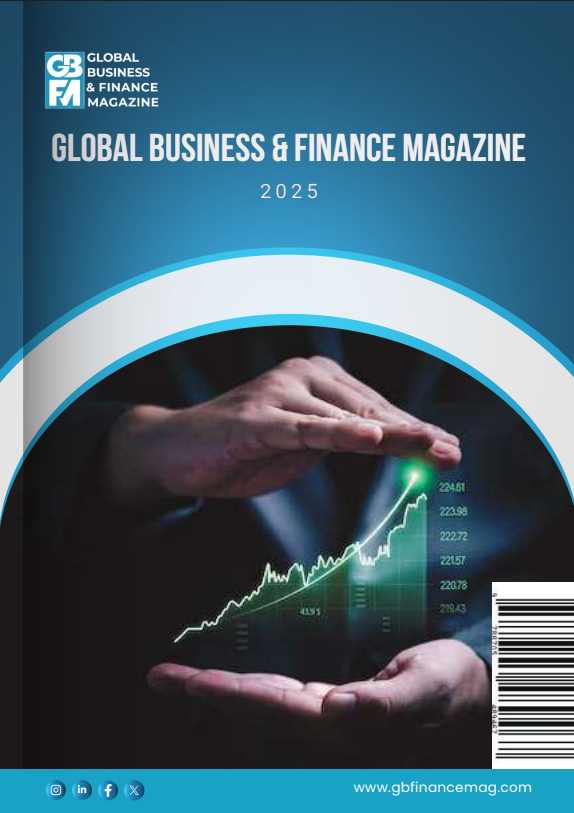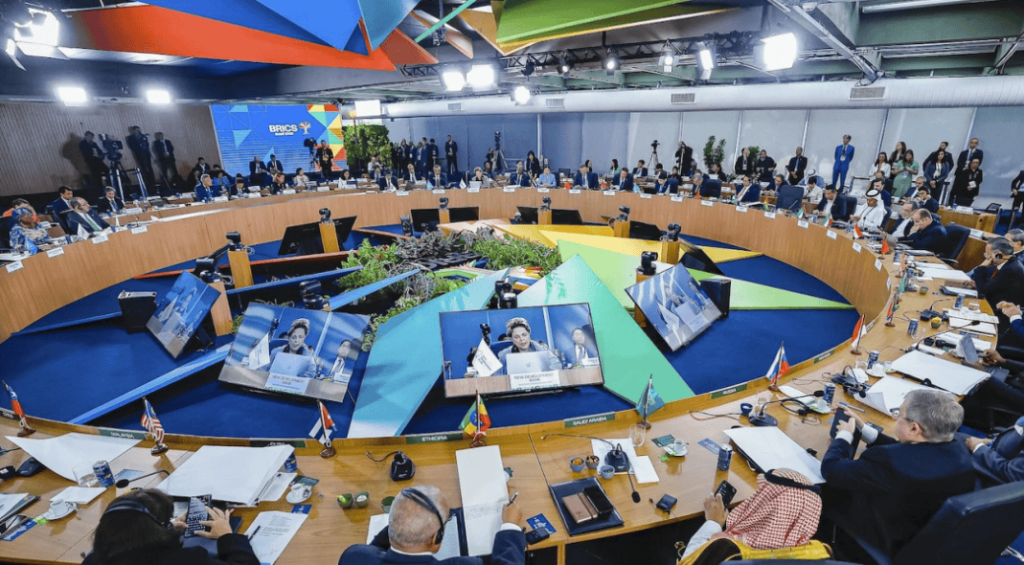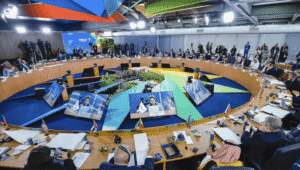The challenge for policymakers at COP30 is not to reach universal agreement on the exact ‘price’ of carbon, but to build rules that function amid disagreement in a divided world. This column argues that trade must now serve as a channel for managing uncertainty, not amplifying it, and outlines how trade rules can be made responsive to environmental costs – by distributing policy authority across institutions, leveraging ‘coalitions of the willing’, and aligning finance with principles of precaution and proportionality.
COP30 in Belém has made one thing unmistakably clear: environmental sustainability can no longer be siloed from global trade. The next frontier in climate policy lies in reshaping the rules of international commerce so they reflect the real ecological costs – and benefits – of economic exchange. Yet we live in a divided world, fractured not only by wealth and power but by fundamentally different value systems across generations, regions, and discount rates.
In this column, I outline how trade rules can be made responsive to environmental costs in such a context – by distributing policy authority across institutions, leveraging ‘coalitions of the willing’, and aligning finance with principles of precaution and proportionality.
The proposals build on insights from climate economics (Stern 2007, Weitzman 2014), global governance (Hovi et al. 2016), policy analysis under deep uncertainty (Lempert et al. 2024), as well as policy contributions on climate clubs, carbon pricing, and sustainable trade (e.g. Campolmi 2024, Lashkaripour 2022, Snower 2022, Pisani-Ferry et al. 2023, Weder di Mauro and Zettelmeyer 2025).
Mapping the political economy of environmental trade rules
Environmental trade measures inevitably generate winners and losers – not only across countries, but also across time. Four major divides define the problem:
- Current versus future generations, where short-term economic interests dominate long-term ecological sustainability.
- Rich versus poor countries, where carbon-intensive exporters fear ‘green protectionism’.
- Politically powerful versus weaker states, where the latter struggle to shape standards.
- High versus low discount-rate constituencies, which value environmental risks differently.
A robust trade framework must remain operational even when actors disagree about environmental costs. That requires procedural fairness, redistributive mechanisms, and adaptive governance – principles familiar to economists but still absent from trade law.
From principles to practice: Institutional roles
National governments
Governments remain the central actors in implementing climate-responsive trade rules. They can:
- Conduct trade and environment impact assessments (TEIAs) that include long-term, low-discount evaluations of environmental externalities in export sectors.
- Enact border carbon adjustments compatible with WTO rules under Article XX (General Exceptions) – provided they use transparent, internationally verified emissions data.
- Earmark carbon revenues for intergenerational investment funds, similar to sovereign wealth funds but targeted at ecosystem restoration.
These measures align with the precautionary principle, ensuring trade does not cause irreversible harm before evidence is complete (Cooney 2004).
International organisations
The WTO, UNEP, and OECD can establish shared methodologies for measuring the carbon and biodiversity footprints of traded goods. The WTO’s Committee on Trade and Environment can help clarify how Article XX applies to climate-linked trade measures, reducing litigation risk.
The World Bank and regional development banks can co-finance adjustment costs for developing countries – aligning with the ‘common but differentiated responsibilities’ (CBDR) principle.
Businesses and consumer organisations
Firms can internalise environmental costs via green certification schemes and supply chain disclosures (such as the EU’s Corporate Sustainability Reporting Directive). Consumer associations can amplify these mechanisms by verifying that labels and digital product passports reflect real environmental data.
Insurers and financial institutions
Insurers and institutional investors can price environmental risk into trade finance. By linking premiums or credit spreads to carbon and biodiversity metrics, they create a financial gradient that rewards low-impact trade.
This market-driven risk adjustment aligns with Weitzman’s (2014) argument that fat-tailed climate risks justify higher precautionary costs today to avoid catastrophic losses later.
The role of coalitions of the willing
Because universal agreement is improbable, coalitions of the willing – clusters of like-minded states – can pioneer climate-trade integration. Climate clubs (Hovi et al. 2016) or sectoral alliances (e.g. the Clean Energy Materials Club or the Zero Deforestation Supply Chain Coalition) can set common standards for carbon accounting, circular production, or deforestation-free trade.
These clubs can offer:
- Reciprocal trade preferences (e.g. lower tariffs or procurement access for members).
- Technology-sharing agreements and joint certification systems for green exports.
- Revenue-sharing schemes, where proceeds from BCAs finance green transitions in low-income partners.
Club-like structures can overcome global coordination failures by creating credible incentives for cooperation while avoiding free-riding.
Financing the transition
Implementing climate-aligned trade policy requires new fiscal architecture:
- Carbon border revenues can be recycled into green transition funds under international supervision, with disbursement linked to measurable outcomes (emission cuts, reforestation).
- Green bonds and blended finance mechanisms can leverage private capital for exporters facing adjustment costs.
- Insurance and reinsurance pools, backed by development banks, can cover climate-related export disruptions.
This financing logic reflects Stern’s (2007) insight that upfront investment in mitigation and adaptation yields long-term welfare gains – effectively treating ecological stability as capital formation.
Balancing precaution and proportionality
A recurring tension in trade governance is whether to apply the precautionary principle (restrict potentially harmful trade until safety is proven) or to maintain the onus of proof on regulators (allow trade unless harm is demonstrated).
For climate-linked trade, the answer must be context-dependent:
- When environmental harm is irreversible (e.g. deforestation, biodiversity collapse), the precautionary principle should dominate.
- When evidence is ambiguous but reversible, proportionality and due process should guide policy, ensuring restrictions are temporary, targeted, and reviewable.
This pragmatic balance is consistent with WTO jurisprudence and EU environmental law, allowing environmental ambition without violating the principle of open trade.
Towards a resilient global trade system
COP30 has reframed trade as an instrument of planetary stewardship. The challenge for policymakers is not to reach universal agreement on the exact ‘price’ of carbon, but to build rules that function amid disagreement – rules that redistribute fairly, evolve adaptively, and reflect long-term ecological value.
Trade must now serve as a channel for managing uncertainty, not amplifying it. That means institutionalising precaution, embedding redistribution, and rewarding participation in coalitions of the willing.
The 2026 US G20 presidency will test whether an “America First” mindset can evolve into “Earth First Trade” – one that recognises that in an interconnected economy, the health of global trade depends on the health of the planet.
Source : VOXeu



































































